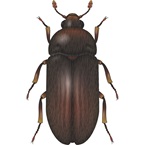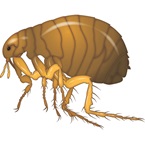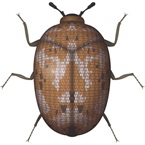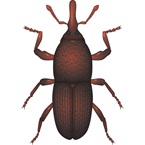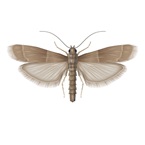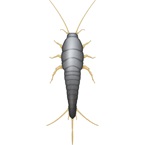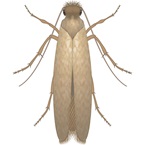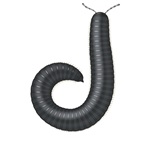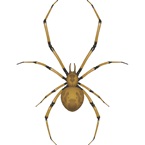Classification:
Species category: Stored product pest
Latin Name: Liposcelis bostrychophilus
Family: Bostrychophila
What are Book Lice?
There are 3 different species:
1) Liposcelis bostrychophilus (bark lice)
2) Liposcelis entomophilus (lesser death-watch)
3) Lepinotus patruelis
Booklice are soft bodied insects, rarely exceeding 6mm in length. They have long and threadlike antennae that are multi-segmented ranging from 12-50 segments.
These insects vary in colour depending on species, from light brown (Liposcelis bostrychophilus), yellowish brown (Liposcelis entomophilus), pale yellow or white (Trogium pulsatorium), dark brown or black (Lepinotus patruelis.
Book Lice Behaviour:
Different species require different temperature requirements. Thus Lepinotus patruelis is frequently encountered in cool situations e.g. warehouses, whilst Liposcelis bostrychophilus prefers warmer situations.
These insects contaminate raw or processed foods. They are widely distributed and infest materials of plant and animal origin including stored food, plaster, leather, woodwork, and books.
Region:
Many species are cosmopolitan with unknown countries of origin. The Liposcelis bostrychophilus is thought to have originated from Africa. All species are now widely distributed across Australia.
Habitat:
Most species are found outdoors and in more natural habitats such as animal nests, tree trunk
crevices, under bark and on leaves.
Risks Associated with Book Lice:
A small infestation is more of a nuisance than a pest problem. However, when a large infestation occurs, they cause significant damage to books, packaging and can spoil foods, boring holes in materials to hide and contaminating it.
Finished product may be contaminated in the home or in retail premises.

